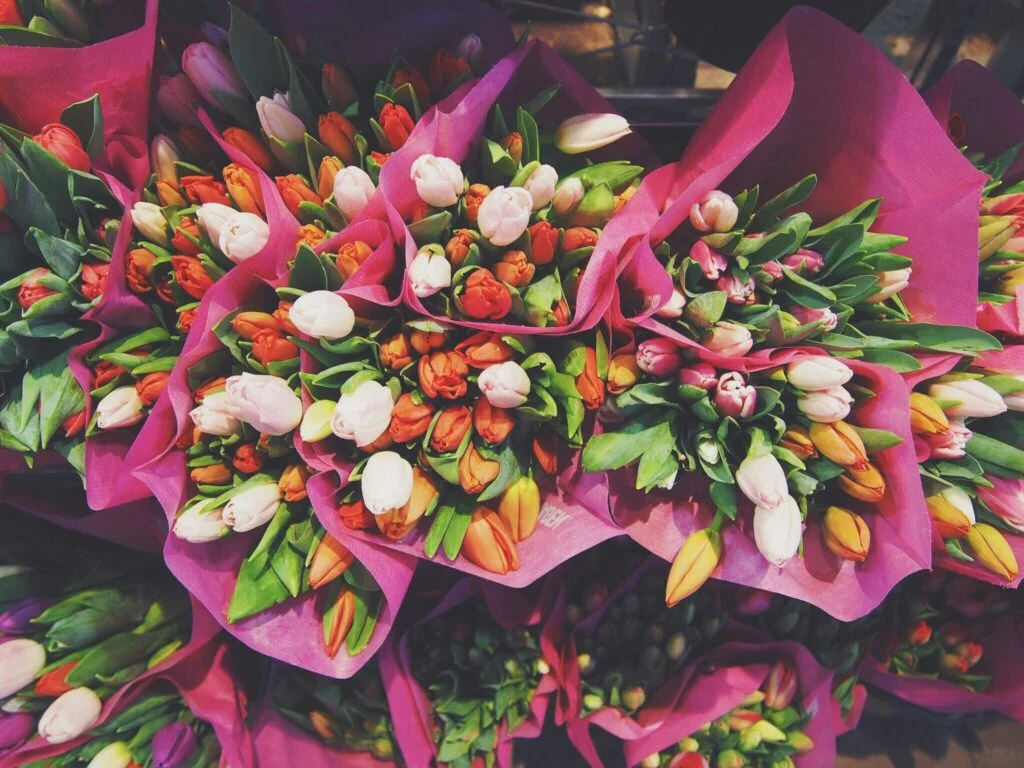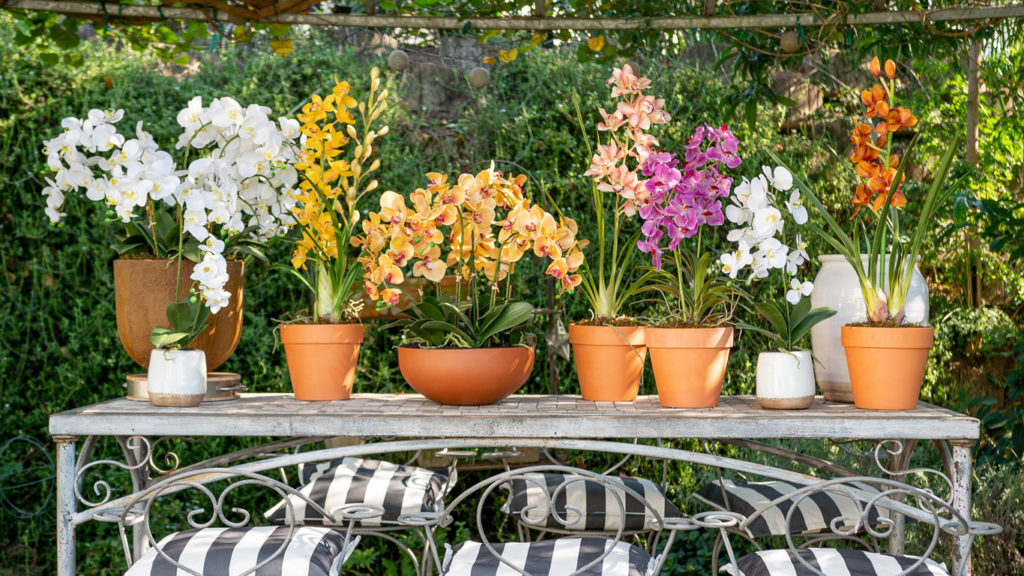Whether you’ve just bought your first artificial flower arrangement or received one as a thoughtful gift, knowing how to clean artificial flowers and plants is key to keeping them looking fresh and vibrant. From silk arrangements on reception desks to full greenery walls, natural colours and shapes bring life and warmth into any office space. Artificial office plants provide the beauty of real plants without the need for watering or maintenance. However, they do require occasional cleaning to stay dust-free and at their best.
Here’s how to care for them properly from the start.
How Do Artificial Plants Get Dirty?
Over time, dust and dirt settle on artificial plants, making them look dull—just like real plants, which also suffer from the same environmental buildup. Synthetic materials in artificial plants naturally attract dust from the air, and even the most vibrant silk flowers can start to lose their charm if not properly maintained.
In some cases, dirt buildup can stain the petals or leaves, permanently altering their appearance. To prevent this, it’s important to establish a simple care routine. Regular light cleaning keeps surface dust at bay, while occasional deep cleaning, using an artificial flower cleaner or gentle DIY methods help maintain their fresh, lifelike look for years to come.
5 Tips for Cleaning Artificial Plants
1. Dust Often
The best way to keep artificial plants clean is to dust them often. Dusting them monthly will prevent buildup. Regular dusting reduces the need for deep cleaning and helps keep plants looking fresh with minimal effort. A hair dryer offers a swift method to remove dust from an artificial plant. Set it to a low or cool setting to prevent damage. You can also use a Feather duster or dry microfiber cloth.
2. Deep Clean Twice a Year
While regular dusting keeps your plants looking fresh day to day, deep cleaning is essential to remove hidden dirt and maintain their lifelike appearance. Choose a method like the shower or vinegar spray and use tools such as soft brushes, microfibre cloths, or cotton buds for detailed areas. Always check that your plant materials can handle moisture, avoid soaking foam bases or wired stems, and allow your plant to dry fully in a well-ventilated area.
3. The Shower Method
The shower method is ideal for giving your plant a full rinse and reaching areas that dusting can’t. Cover any parts you don’t want wet, such as the pot or fabric blooms, with plastic. Then, use a handheld showerhead or gentle stream of lukewarm water for about a minute. Keep the water pressure low to avoid damaging leaves. Afterward, shake off excess water and air dry the plant in a shaded, ventilated space.
4. The Vinegar Method
When water alone isn’t enough, a diluted vinegar solution can break down tougher grime. Mix equal parts white vinegar and water in a spray bottle and lightly mist your plant. Wipe down each surface with a soft cloth, and for stubborn areas, let the solution sit briefly before wiping again. Test on a hidden section first to ensure it doesn’t discolour or damage the material, and avoid saturating the plant.
5. The Hairspray Method
For quick clean-ups before meetings or photoshoots, compressed air or a light mist of hairspray can freshen up your plant. A short burst of air clears surface dust and adds a light sheen, making your display instantly more polished. Use these products sparingly and in well-ventilated areas, and always keep the can at a safe distance to avoid damaging delicate petals.
Keeping Your Plants Looking Their Best
We’ve covered the essentials for keeping your artificial plants looking their best—from routine dusting to deep cleaning techniques like the shower and vinegar methods. By using the right tools and knowing what to avoid, you can extend the life and beauty of your arrangements. Whether your artificial plant is a recent gift or a fresh addition to your office space, a little care goes a long way. Here’s to vibrant, dust-free plants that always make a great impression!



